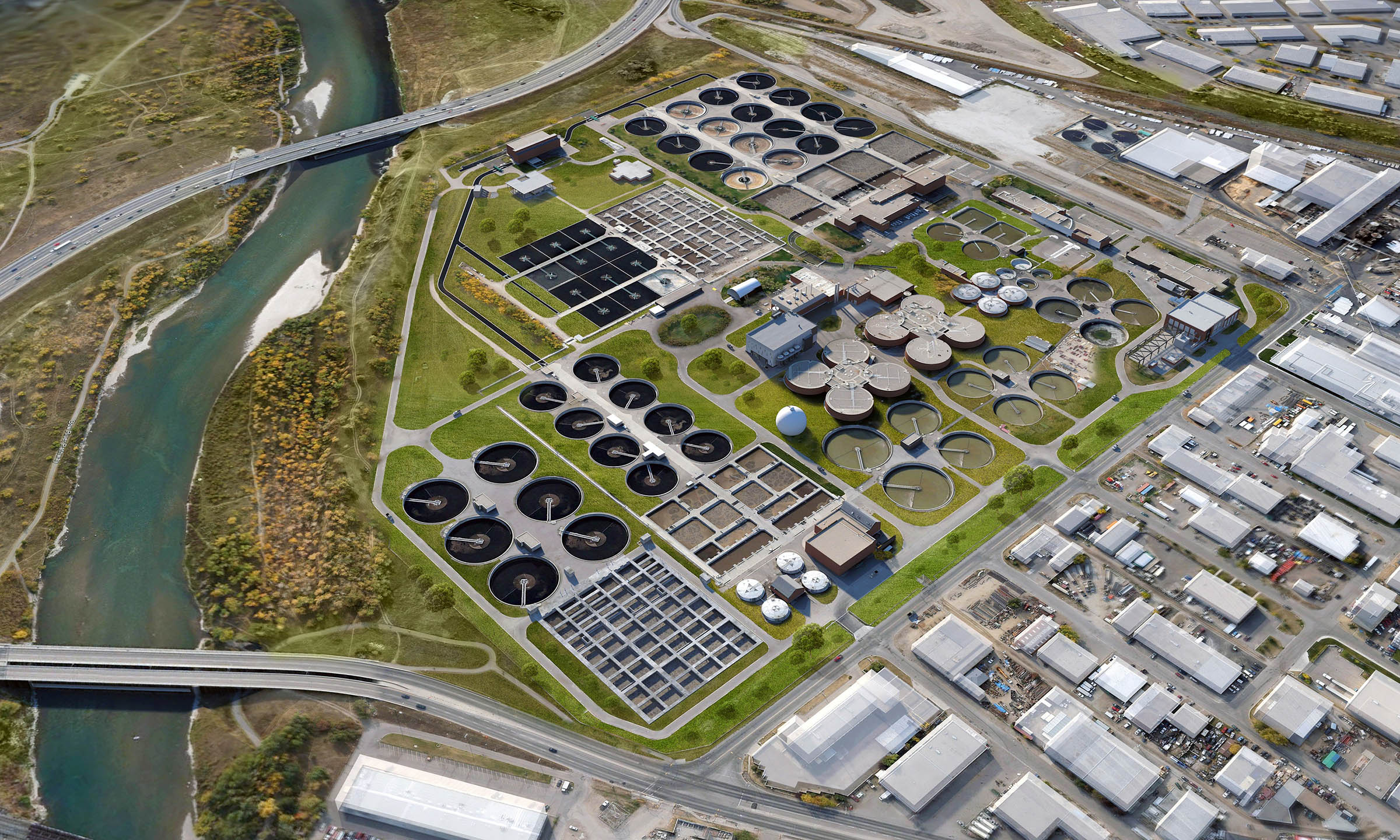Strategic Approaches to Boost Waste Water Therapy Performance and Lessen Environmental Impact
In the realm of waste water treatment, the quest for improved efficiency and lowered environmental effect is a perpetual obstacle that requires tactical solutions. As society grapples with the critical to manage water sources sustainably, a nuanced strategy comes to be essential. The integration of advanced treatment innovations, energy-efficient processes, resource healing techniques, boosted nutrient removal methods, and smart tracking and control systems stands for a multifaceted structure for resolving these pushing concerns. What lies at the core of this facility internet of approaches is the potential to revolutionize the way we come close to waste water therapy, not just as a procedure of disposal, yet as an important chance for technology and ecological stewardship.
Advanced Treatment Technologies
Innovative membrane filtration systems have changed sophisticated wastewater treatment procedures, dramatically enhancing the elimination of contaminants. This technology has proven to be highly reliable in removing a wide array of impurities, including drugs, heavy metals, and organic compounds, which are commonly testing to get rid of with traditional treatment approaches.
Additionally, membrane layer filtering systems provide various benefits over standard therapy strategies. In addition, these systems are extremely functional and can be conveniently integrated into existing therapy plants or made use of as standalone devices for decentralized applications.
Energy-Efficient Procedures
The integration of energy-efficient processes in wastewater therapy systems is important for optimizing resource usage and minimizing functional expenses. By executing energy-efficient technologies, therapy plants can significantly reduce their carbon impact and overall ecological effect. One vital strategy to boosting energy performance in wastewater therapy is the application of innovative oygenation systems, such as fine bubble diffusers or surface aerators, which can improve oxygen transfer effectiveness and reduce power consumption. Additionally, including energy recovery systems, like anaerobic food digestion for biogas manufacturing or making use of excess warmth for thermal procedures, can aid offset energy requirements and promote sustainability.
Furthermore, enhancing procedure control and automation via the use of innovative sensors and checking systems can enhance general energy performance by adjusting procedures in real-time based on real need and problems. Executing power audits and regularly keeping an eye on energy efficiency indicators are essential techniques to identify areas for improvement and track energy-saving campaigns successfully. Generally, the fostering of energy-efficient procedures in wastewater treatment not only profits the setting but additionally adds to long-lasting price financial savings and operational sustainability.
Resource Healing Strategies
With a concentrate on maximizing resource utilization and sustainability in wastewater treatment systems, the implementation of resource recuperation methods arises as an essential aspect in boosting operational performance. Resource healing strategies in wastewater treatment entail the identification and removal of beneficial sources from the waste stream, thereby transforming what was when thought about waste right into a beneficial asset. By executing source recovery techniques such as nutrient elimination and healing, power generation from raw material, and the production of recyclable water, wastewater treatment plants can decrease environmental impact while making the most of effectiveness.

Improved Nutrient Removal Methods
Carrying out innovative nutrient elimination strategies is crucial for enhancing the efficiency of wastewater treatment systems. One of the vital strategies used for boosted nutrient removal is the procedure of biological nutrient visit our website removal (BNR), which involves the elimination of nitrogen and phosphorus through biological processes.

Along with BNR, advanced treatment methods such as membrane bioreactors (MBRs) and constructed wetlands can likewise be employed to improve nutrient elimination performance. MBRs use membrane layers to attain high-quality effluent criteria by properly eliminating nutrients and suspended solids. Constructed wetlands mimic natural wetland procedures to remove nutrients through plant uptake, microbial task, and sedimentation. By including these sophisticated nutrient elimination methods right into wastewater treatment industries, systems and districts can efficiently minimize nutrient air pollution and safeguard the setting.
Smart Tracking and Control Equipment
Utilizing sophisticated technology, the assimilation of clever tracking and control systems transforms the operational performance of wastewater treatment centers. These systems integrate sophisticated sensing units and data analytics to constantly keep track of crucial criteria such as pH levels, turbidity, liquified oxygen, and circulation rates in real-time. By accumulating and examining this data, operators can obtain useful insights right into the performance of the treatment procedures, enabling aggressive changes to maximize treatment effectiveness.
Smart monitoring look what i found and control systems additionally support remote tracking abilities, enabling drivers to accessibility real-time information and control features from off-site areas. This remote access enhances operational flexibility and responsiveness, allowing speedy treatments in instance of system malfunctions or variations in influent top quality. The anticipating maintenance capacities of these systems assist stop tools failures and reduce downtime, inevitably boosting the overall integrity of wastewater treatment procedures.
Final Thought
In verdict, tactical approaches such as innovative treatment innovations, energy-efficient processes, source recovery approaches, improved nutrient removal strategies, and smart monitoring and control systems play an essential function in enhancing wastewater therapy efficiency and reducing environmental influence. By implementing these strategies, wastewater therapy plants can boost their general performance, reduce power usage, recover important resources, and make certain compliance with environmental policies. These techniques are necessary for sustainable and reliable wastewater administration methods.

In conclusion, calculated strategies such as innovative therapy technologies, energy-efficient processes, source recuperation approaches, enhanced nutrient elimination techniques, and smart monitoring and control systems play a critical function in boosting wastewater treatment effectiveness and minimizing environmental effect.